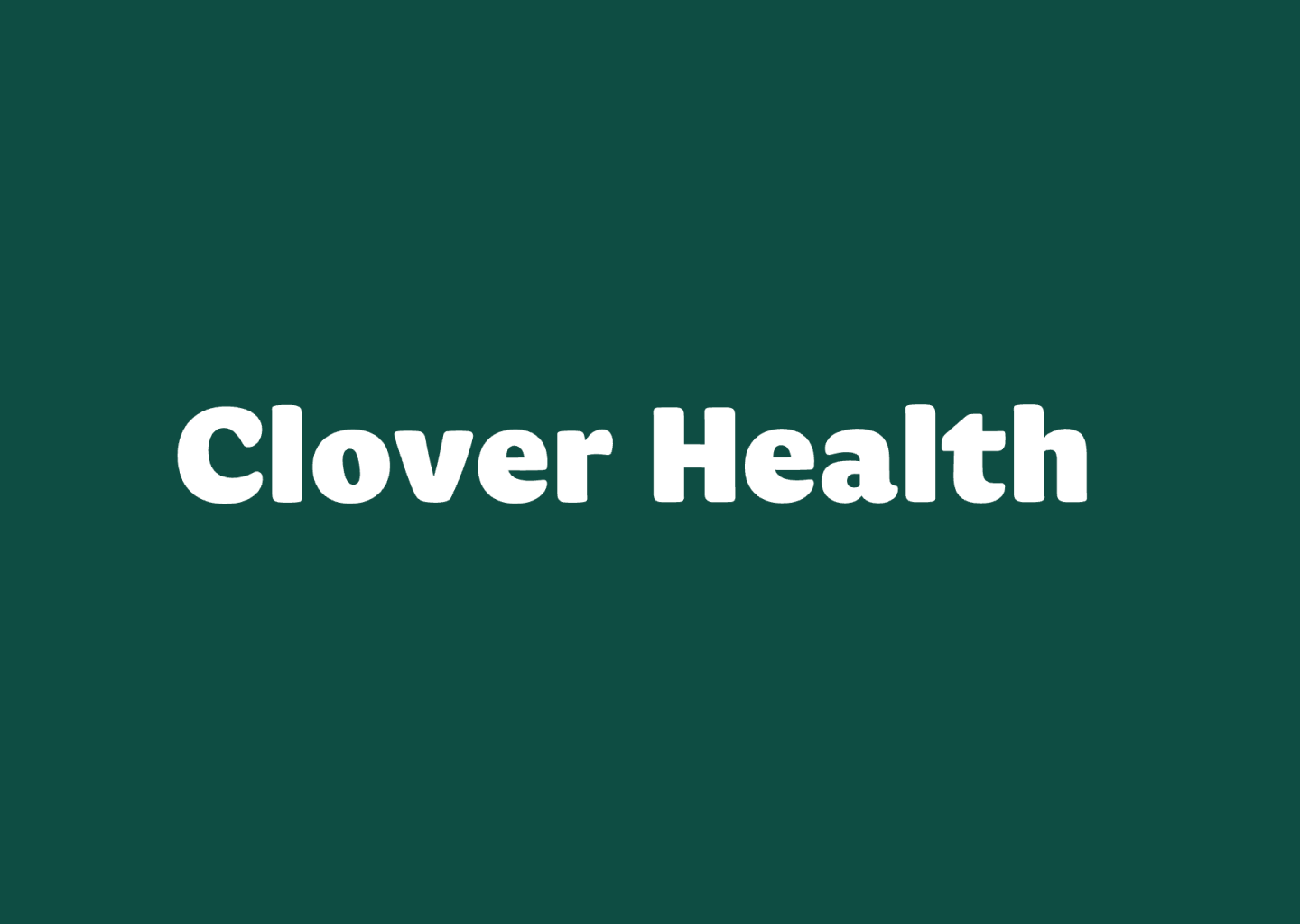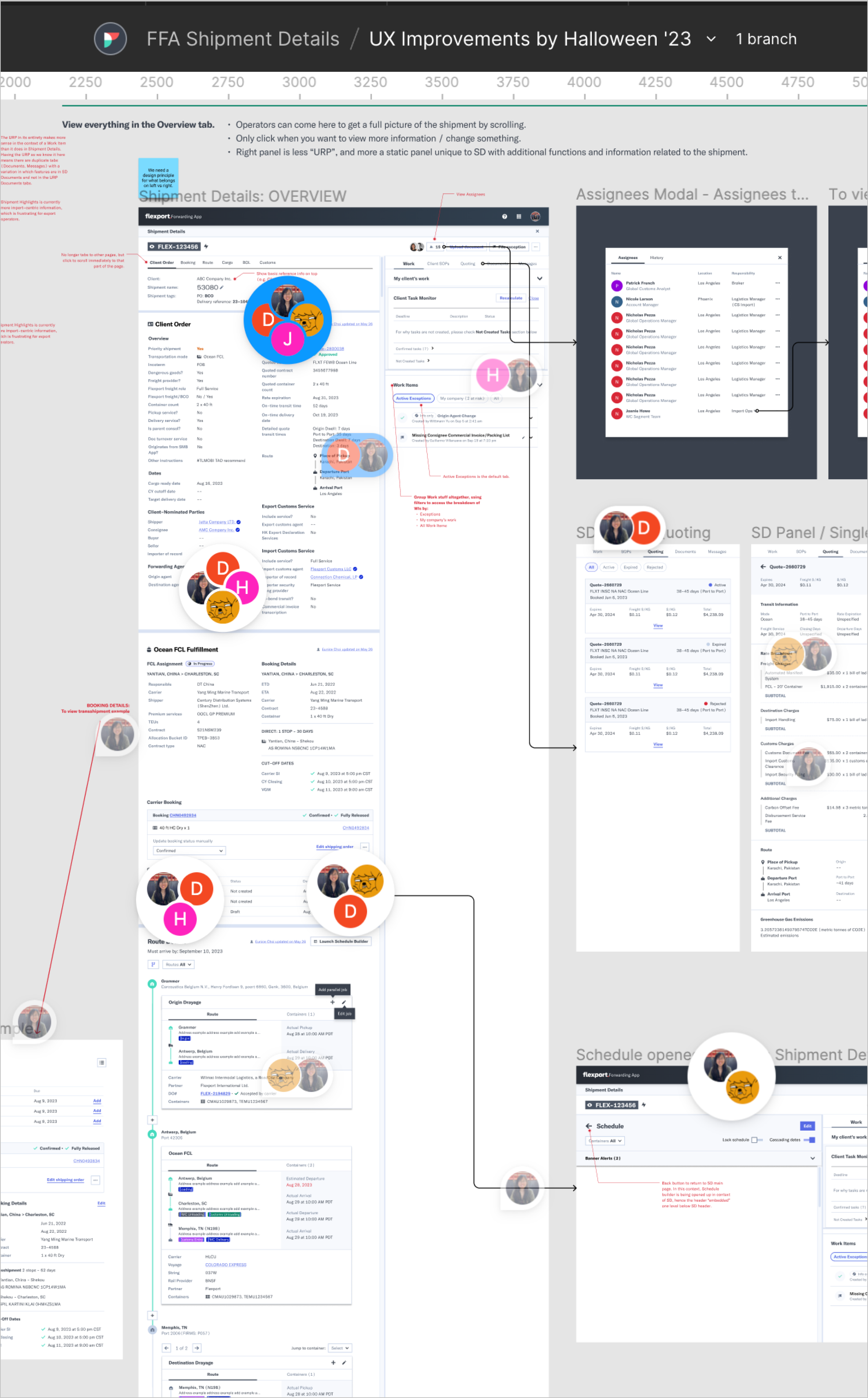
Timeline:
May 2024 – Mar 2025
role:
UX Designer
Platform:
Web
TeamS:
Data Recommendations pod
Diagnosis & Treatment pod
Early diagnosis was an initiative to help providers identify chronic conditions sooner by surfacing ML-driven insights during the patient visit.
When I joined in May 2024, the effort was ambiguous and framed incorrectly. ML-driven predictions were being surfaced without clinical evidence, creating confusion and risking provider trust. Leadership needed clarity on how to responsibly frame early-diagnosis support and define what would actually be valuable in a clinical setting.
I worked across data science and clinical teams to explore viable framings, identify potential risk signals, and create a foundational shared understanding of what “early diagnosis” meant in practice. I designed workflows that improved evidence quality and drafted early concepts for presenting clustered risk factors transparently to providers. I also conducted discovery on the first-visit experience, highlighting how needs differed for new versus returning plan members.
These explorations clarified the constraints of the time and set the stage in 2025 for how future AI capabilities could make early-diagnosis support trusted, clinically valuable, and adoption-ready.

Early diagnosis.
The goal: Help providers identify chronic conditions sooner by surfacing properly framed machine learning-driven insights during the patient visit in Counterpart Assistant (CA).
what is ca?
Clover Assistant
An AI-powered physician enablement platform that has helped improve plan performance and clinical outcomes for Medicare members through proprietary AI technology.
the problem
When I joined in May 2024, the approach was framed incorrectly. The product was surfacing prompts like “Does this patient have chronic kidney disease?” with no supporting evidence and asking providers to validate opaque ML predictions. This created confusion, risked trust, and left leadership uncertain about how to move forward.
The vision was clear: Support providers in diagnosing earlier. But the execution fell short.
Predictions without evidence: Providers were prompted with binary diagnosis questions that surfaced no clinical rationale.
Misaligned expectations: Product wanted a “low-lift” reframe, data science clarified ML doesn’t generate provider-ready evidence, and clinical emphasized that risk factors were key early indicators.
Fragmented language: Terms like “ML-only,” “risk,” and “early diagnosis” meant different things to different teams, making collaboration difficult.
Without clarity, providers would continue to distrust ML-driven tasks, and leadership would have no realistic path forward.
The solution
Untangle the confusion, unify our internal language, and explore a path forward.
Over the next year, I partnered with clinical experts, data scientists, and product stakeholders to reframe the problem, explore what data signals were meaningful, and define how early diagnostic support could be presented in a transparent and clinically valuable way.
I drove design efforts to clarify constraints, align perspectives, and reimagine how ML outputs could become clinically valuable signals.
↓
Improve evidence quality.
I designed a workflow for providers to map multi-use medications to conditions, which directly increased provider responses in CA’s task-driven framework and strengthened our supporting clinical evidence base.
Translate ML speak to clinical language.
I partnered with data scientists to test the feasibility of unearthing risk factors structured and unstructured data, starting with smoking history. And to elevate the broader product organization’s knowledge around machine learning, I set up a small ML 101 workshop with a senior data scientist SME at the helm, as well as authored documentation to unify how teams understood ML predictions in product context.
Aligned on unified language.
I helped define consistent terminology for ML, risk, and our early diagnosis tasks, cutting through conflicting jargon and aligning teams on a shared vocabulary.
Conducted broad design explorations.
I produced early drafts of workflows showing how clusters of risk factors (not binary predictions) could be surfaced to providers in transparent, provider-friendly ways. In that realm, I also explored different experiences for new vs. returning Clover Health members, since the amount of available data that was available on that patient to Counterpart’s database shaped provider needs in each case.
Previous design in Core: Every A to B “leg” of the route was its own individual card.

THE outcome
Together, these explorations reframed early diagnosis not as a “quick rewording” problem, but as a challenge of surfacing clinically meaningful signals that providers could trust.
While the technology at the time could not support fully transparent, evidence-driven early-diagnosis tasks, my work established clarity on what would be required for the feature to succeed.
Prevented flawed low-lift reframes from reaching providers and eroding trust.
Delivered unified language, frameworks, and design concepts that guided leadership toward a responsible direction.
Clarified that providers needed risk factor clusters and clinical narrative — elements only made possible later with advancements in AI/LLMs.
Today, Clover’s AI copilot features are shipping those very narratives and clustered signals. The groundwork I laid — through discovery, documentation, and design framing — ensured the organization knew exactly what success would look like once the technology was ready.

Want to learn more about my time at Counterpart Health?
Other companies I worked at:
FLEXPORT
I joined Flexport in June 2022 and helped build and transition freight operators to a new internal tool in the making.
Raise CRE Brokerage
I joined Raise in August 2019 as their third designer and redesigned how Raise’s commercial real estate brokers collaborate with their clients.















